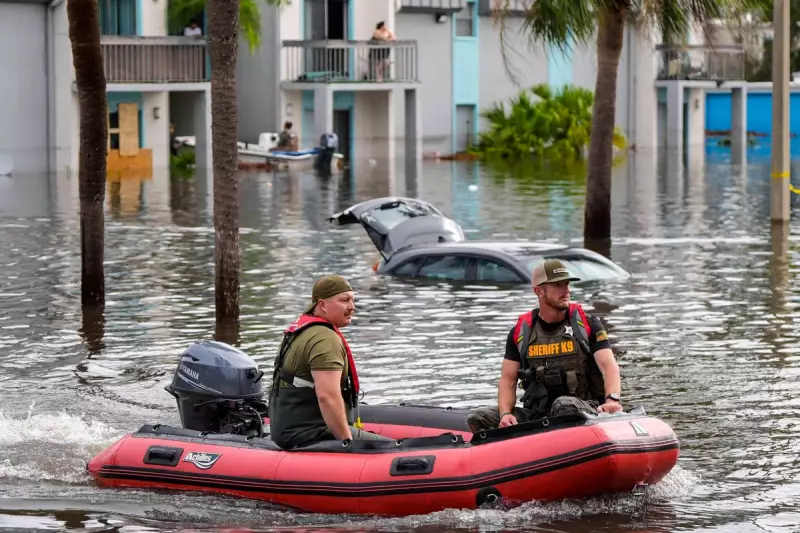
The Atlantic hurricane season is poised to become significantly more dangerous as climate scientists confirm the development of La Niña conditions in the Pacific Ocean. This powerful climate phenomenon, known for its disruptive weather patterns worldwide, is creating what experts describe as a "perfect storm" scenario for tropical cyclone formation.
The Climate Connection
La Niña, characterized by cooler-than-average sea surface temperatures in the central and eastern Pacific, creates atmospheric conditions that directly impact weather systems across the globe. For the Atlantic basin, this typically means reduced wind shear – a critical factor that can either suppress or allow hurricane development.
Why This Season Could Be Different
Several alarming factors are converging to create unprecedented risk:
- Record-breaking ocean temperatures providing ample fuel for storm intensification
- Favourable atmospheric conditions allowing storms to organize and strengthen
- Reduced wind shear creating clearer pathways for hurricane development
- Early season activity indicating an unusually active pattern
Expert Warnings and Projections
Meteorological organisations worldwide are upgrading their seasonal forecasts, with many predicting well above-average storm activity. The combination of established La Niña conditions and exceptionally warm Atlantic waters has created concern among emergency management officials and climate scientists alike.
"We're facing a potentially historic season," one senior meteorologist noted. "The atmospheric setup, combined with oceanic heat content, suggests we could see rapid intensification events that challenge forecasting capabilities and preparedness systems."
Regional Impacts and Preparedness
Coastal communities from the Caribbean to the eastern United States are being urged to review emergency plans earlier than usual. The traditional peak of hurricane season, typically between August and October, could see heightened activity extending beyond these months.
Emergency management agencies emphasise that preparation should begin immediately, rather than waiting for the first storm to form. This includes reviewing evacuation routes, securing necessary supplies, and understanding local warning systems.
Long-term Climate Implications
While La Niña is a natural climate pattern, scientists are studying how climate change might be amplifying its effects. The unusually warm ocean temperatures observed this year exceed typical La Niña conditions, suggesting additional warming factors may be at play.
Researchers continue to monitor how these interconnected systems evolve, providing crucial data for improving seasonal forecasting and understanding the complex relationship between natural climate cycles and human-induced climate change.





